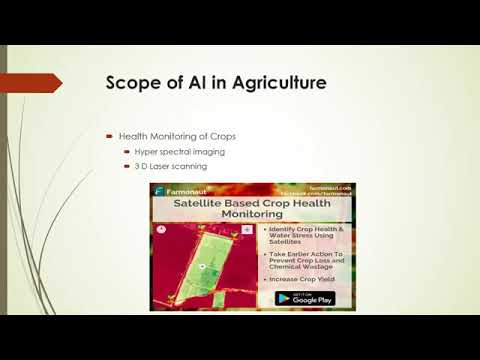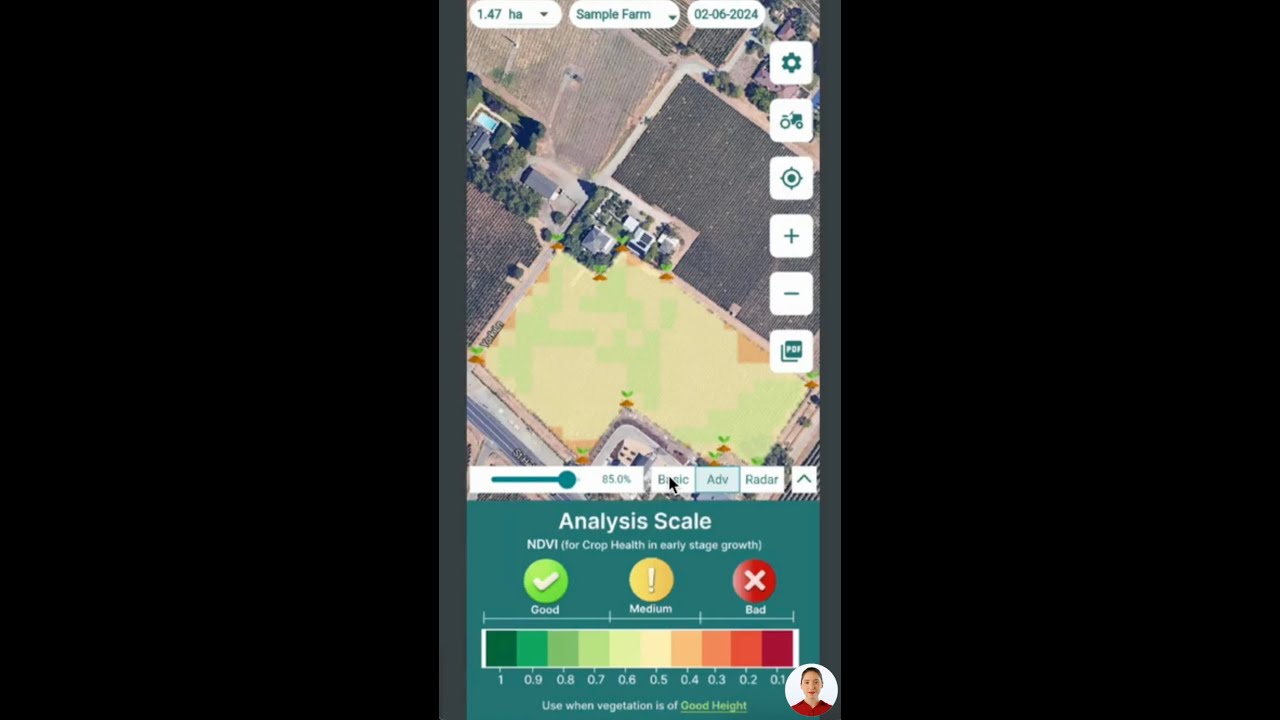Revolutionizing School Nutrition: The Battle for Healthier Meals in Washington’s Senate Agriculture Committee
“The ‘Whole Milk for Healthy Kids Act’ debate impacts over 30 million students participating in the National School Lunch Program.”
In the heart of Washington, D.C., a crucial debate is unfolding that could shape the future of our children’s health and nutrition. As we gather to discuss the proposed “Whole Milk for Healthy Kids Act” in the Senate Committee on Agriculture, Nutrition, and Forestry, we find ourselves at a crossroads where the interests of the dairy industry and the well-being of our nation’s youth hang in the balance.
This morning’s hearing has brought to light a contentious issue that goes beyond simple dietary choices. It’s a battle that pits industry profits against the health of our children, and it’s one that we, as a society, cannot afford to lose. The nonprofit Physicians Committee for Responsible Medicine, with its 17,000 doctor members, has taken a firm stance against this legislation, arguing that it prioritizes dairy industry sales over the nutritional needs of students across the country.

The Controversy Surrounding Whole Milk in Schools
At the core of this debate is the push to reintroduce whole milk into school lunch programs. Proponents of the “Whole Milk for Healthy Kids Act” argue that it’s a necessary step to improve student nutrition. However, critics, including Dr. Neal Barnard, President of the Physicians Committee, warn that this move could have serious consequences for children’s health.
“Instead of addressing real changes to provide healthier school meals, Congress is intent on passing the so-called ‘Whole Milk for Healthy Kids Act.’ This bill might improve the dairy industry’s sales, but it’s doing so at the expense of children’s health,” Dr. Barnard states emphatically.
The concern isn’t unfounded. Research has shown an alarming trend: early signs of heart disease, high cholesterol, and other indicators of cardiovascular disease are appearing in children with increasing frequency. By forcing full-fat whole dairy milk back into schools, we may be exacerbating these health problems among our nation’s youth.
The Nutritional Debate: Whole Milk vs. Alternatives
As we delve deeper into this issue, it’s crucial to understand the nutritional implications of whole milk compared to other options. Contrary to popular belief, whole milk isn’t essential for a child’s nutrition. In fact, there are numerous alternatives that can provide the same nutrients without the high saturated fat content.
Let’s break down the nutritional components:
- Protein: Can be easily sourced from other foods and drinks, such as soy milk, which doesn’t contain saturated fat.
- Calcium: Rich sources include kale, broccoli, tofu, nuts, beans, and fortified orange juice.
- Potassium: Available in a wide range of plant foods.
- Vitamin D: Sun exposure is the best natural source, with fortified foods as alternatives.
This information raises an important question: If these essential nutrients can be obtained from healthier sources, why are we pushing for the reintroduction of whole milk in schools?
The Impact on Student Health and Equity
The proposed legislation not only raises concerns about general student health but also highlights issues of equity and accessibility. Currently, nondairy milk alternatives are only required to be served if a parent submits a note from a physician documenting a “disability” that restricts their child’s diet. This process creates unnecessary barriers for many families.
“Lactose intolerance affects up to 95% of Asian Americans, 80% of African Americans, and 60% of Hispanic Americans.”
The cost of a physician visit and the time required for a parent to take off work represent significant burdens that prevent many students from receiving appropriate nutrition at school. This issue disproportionately affects students of color, who have higher rates of lactose intolerance.
The Role of Saturated Fat in Children’s Health
One of the primary concerns with reintroducing whole milk into school meals is its high saturated fat content. Saturated fat has been linked to increased risk of heart disease and high cholesterol, even in children. By putting more saturated fat on school lunch trays, we may be setting our children up for long-term health problems.
Dr. Barnard emphasizes this point: “Congress should be putting less saturated fat on school lunch trays, not more, and it can do that by making it easier for students to access nondairy beverages and plant-based entrees.”
This statement underscores the need for a shift in our approach to school nutrition. Instead of reverting to whole milk, we should be exploring healthier alternatives that can provide the necessary nutrients without the associated health risks.
Addressing Barriers to Nondairy Alternatives
One of the critical issues highlighted by this debate is the current barriers to providing and accessing nondairy substitutes in schools. The “Whole Milk for Healthy Kids Act” fails to address these obstacles, leaving many students without suitable alternatives.
To truly improve school nutrition, we need to:
- Remove the requirement for physician notes to access nondairy milk alternatives
- Increase the availability of plant-based milk options in schools
- Educate students, parents, and school staff about the nutritional benefits of nondairy alternatives
- Ensure that plant-based options are affordable and accessible to all schools
By addressing these barriers, we can create a more inclusive and health-conscious school nutrition program that caters to the diverse needs of all students.
The Dairy Industry’s Influence on Nutrition Policy
It’s important to consider the role of the dairy industry in shaping nutrition policies. While the industry plays a significant role in our agricultural economy, we must question whether its influence on school nutrition policies is in the best interest of our children’s health.
The push for the “Whole Milk for Healthy Kids Act” appears to prioritize industry profits over student well-being. As responsible citizens and policymakers, we must critically examine the motivations behind such legislation and ensure that our children’s health remains the top priority.

Exploring Healthier School Meal Alternatives
As we debate the merits of whole milk in schools, it’s crucial to explore healthier alternatives that can meet students’ nutritional needs. Plant-based options offer a wealth of nutrients without the saturated fat content of whole milk. Here are some alternatives worth considering:
- Soy Milk: High in protein and often fortified with calcium and vitamin D
- Almond Milk: Low in calories and rich in vitamin E
- Oat Milk: Contains fiber and can be fortified with vitamins and minerals
- Pea Protein Milk: High in protein and often fortified with calcium
These alternatives not only provide essential nutrients but also cater to students with lactose intolerance or milk allergies, ensuring that all children have access to nutritious beverages at school.
The Importance of Nutrition Education
As we work to improve school nutrition programs, we must not overlook the importance of education. Teaching students about nutrition, healthy eating habits, and the impact of their food choices can have long-lasting effects on their health and well-being.
Schools should implement comprehensive nutrition education programs that:
- Explain the benefits of various food groups
- Teach students how to read and understand nutrition labels
- Encourage critical thinking about food marketing and industry influence
- Promote the benefits of plant-based foods for health and the environment
By empowering students with knowledge, we can help them make informed decisions about their nutrition both in and out of school.
The Role of Technology in Improving School Nutrition
In today’s digital age, technology can play a crucial role in enhancing school nutrition programs. Innovative solutions like those offered by Farmonaut can help schools make data-driven decisions about their meal programs and source ingredients more sustainably.
While Farmonaut primarily focuses on agricultural technology, its principles of using data and technology to improve farming practices can be applied to school nutrition programs. For instance, schools could use similar technology to:
- Track the nutritional content of meals more accurately
- Monitor student preferences and adjust menus accordingly
- Optimize supply chains to source fresher, more nutritious ingredients
- Reduce food waste through better planning and inventory management
By leveraging technology, schools can create more efficient, nutritious, and sustainable meal programs that benefit both students and the environment.
Comparison of Milk Options for School Nutrition Programs
| Milk Type | Calories per Serving | Protein Content (g) | Calcium Content (mg) | Saturated Fat Content (g) | Lactose Content (g) | Estimated % of Students Who Can Consume Without Issues | Potential Health Benefits | Potential Health Concerns |
|---|---|---|---|---|---|---|---|---|
| Whole Milk | 150 | 8 | 300 | 5 | 12 | 65-70% | Good source of protein and calcium | High in saturated fat, may contribute to heart disease risk |
| Low-Fat Milk | 110 | 8 | 300 | 1.5 | 12 | 65-70% | Lower in fat while maintaining protein and calcium | Still contains lactose, may cause issues for intolerant students |
| Soy Milk (fortified) | 110 | 8 | 300 | 0.5 | 0 | 95-100% | Lactose-free, low in saturated fat, high in protein | Potential soy allergies (rare) |
| Fortified Orange Juice | 110 | 2 | 350 | 0 | 0 | 95-100% | High in vitamin C, no saturated fat or lactose | Lower in protein, higher in sugar |
The Environmental Impact of Dairy vs. Plant-Based Options
As we consider the best nutritional options for our students, it’s also important to take into account the environmental impact of our choices. The dairy industry has a significant carbon footprint, contributing to greenhouse gas emissions and water pollution. In contrast, many plant-based alternatives have a lower environmental impact.
For schools looking to reduce their carbon footprint while providing nutritious meals, carbon footprinting tools can be invaluable. These tools can help schools measure and manage their environmental impact, making informed decisions about the foods they serve.
By choosing more plant-based options, schools can:
- Reduce their carbon footprint
- Conserve water resources
- Promote sustainable agriculture practices
- Teach students about environmental stewardship
This approach not only benefits student health but also contributes to a more sustainable future for our planet.
The Economic Implications of School Nutrition Choices
While the health of our students should be the primary concern, we cannot ignore the economic implications of our school nutrition choices. The dairy industry argues that the “Whole Milk for Healthy Kids Act” would support American dairy farmers. However, we must consider the long-term economic costs of potential health issues caused by high saturated fat consumption.
Investing in healthier school meal options may have initial costs, but it could lead to significant savings in healthcare expenses in the future. Moreover, supporting a diverse range of food producers, including those growing plant-based alternatives, could stimulate economic growth in various agricultural sectors.
The Role of Parents and Communities
While policy changes are crucial, the involvement of parents and communities is equally important in improving school nutrition. Parents can:
- Advocate for healthier meal options in their children’s schools
- Educate themselves and their children about nutrition
- Support school initiatives for healthier eating
- Encourage their children to try new, nutritious foods
Community involvement can also play a significant role. Local farmers and food producers can partner with schools to provide fresh, locally-sourced ingredients. This not only improves the nutritional quality of school meals but also supports the local economy.
Looking to the Future: Innovative Approaches to School Nutrition
As we move forward, it’s essential to consider innovative approaches to school nutrition that go beyond the whole milk debate. Some forward-thinking ideas include:
- School Gardens: Teaching students to grow their own fruits and vegetables
- Farm-to-School Programs: Connecting schools with local farms for fresh produce
- Culinary Education: Teaching students how to prepare healthy meals
- Personalized Nutrition Plans: Using technology to create tailored meal plans for students
These approaches not only improve nutrition but also educate students about food systems, sustainability, and healthy living.
Conclusion: A Call for Balanced, Health-Focused School Nutrition Policies
As we conclude our examination of the “Whole Milk for Healthy Kids Act” and its implications for school nutrition, it’s clear that this issue is far more complex than simply choosing between whole milk and alternatives. It’s about creating a comprehensive, balanced approach to student nutrition that prioritizes health, accessibility, and sustainability.
We must challenge ourselves to look beyond industry interests and focus on what’s truly best for our children. This means:
- Prioritizing low-saturated fat options in school meals
- Increasing access to plant-based alternatives
- Removing barriers to nondairy milk options for all students
- Implementing comprehensive nutrition education programs
- Leveraging technology to improve meal planning and nutritional tracking
- Considering the environmental impact of our food choices
By taking these steps, we can create school nutrition programs that not only nourish our children’s bodies but also educate them about making healthy, sustainable food choices that will benefit them throughout their lives.
The debate in Washington’s Senate Agriculture Committee is more than just about milk – it’s about the future health of our nation. As we move forward, let’s ensure that our policies reflect a commitment to the well-being of all students, creating a healthier, more equitable future for generations to come.
FAQ Section
- Q: Why is whole milk being considered for reintroduction in schools?
A: Proponents argue that whole milk provides essential nutrients for growing children. However, critics maintain that these nutrients can be obtained from healthier sources with less saturated fat. - Q: What are the health concerns associated with whole milk in school meals?
A: The main concerns are the high saturated fat content, which may contribute to heart disease and high cholesterol, even in children. - Q: What are some alternatives to whole milk that can be offered in schools?
A: Alternatives include low-fat milk, soy milk, almond milk, oat milk, and fortified orange juice. These options can provide similar nutrients with less saturated fat. - Q: How does the “Whole Milk for Healthy Kids Act” affect students with lactose intolerance?
A: The act doesn’t address the barriers to accessing nondairy alternatives, which disproportionately affects students of color who have higher rates of lactose intolerance. - Q: What role can parents play in improving school nutrition?
A: Parents can advocate for healthier meal options, educate themselves and their children about nutrition, and support school initiatives for healthier eating.
Earn With Farmonaut: Affiliate Program
Earn 20% recurring commission with Farmonaut’s affiliate program by sharing your promo code and helping farmers save 10%. Onboard 10 Elite farmers monthly to earn a minimum of $148,000 annually—start now and grow your income!




















